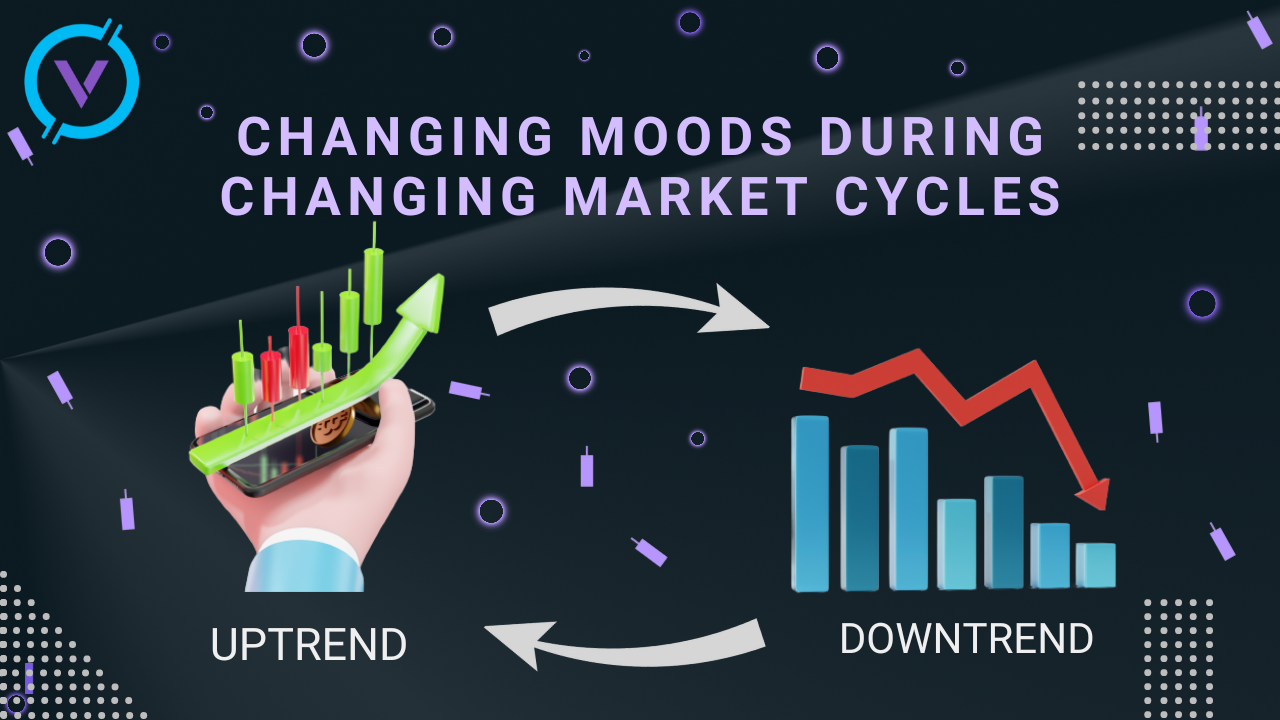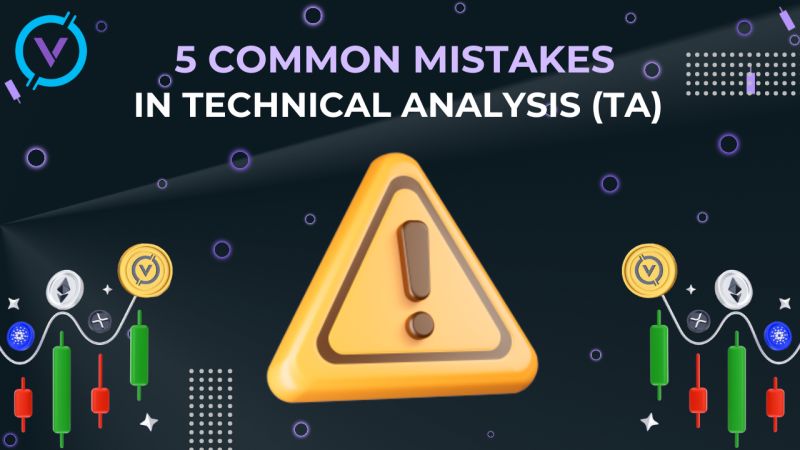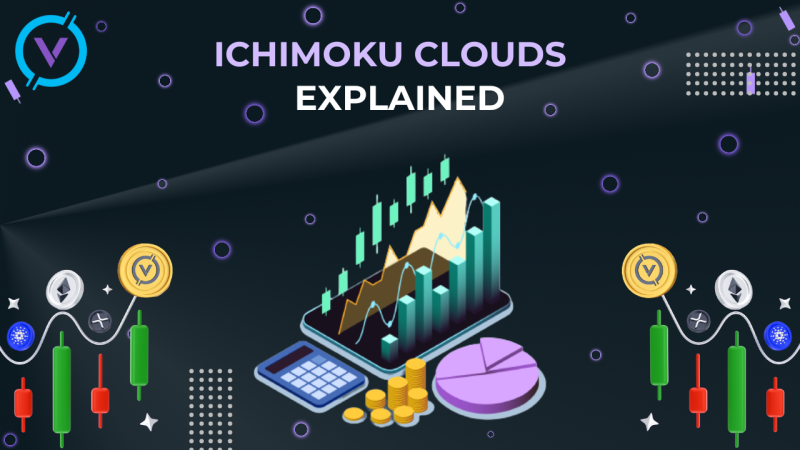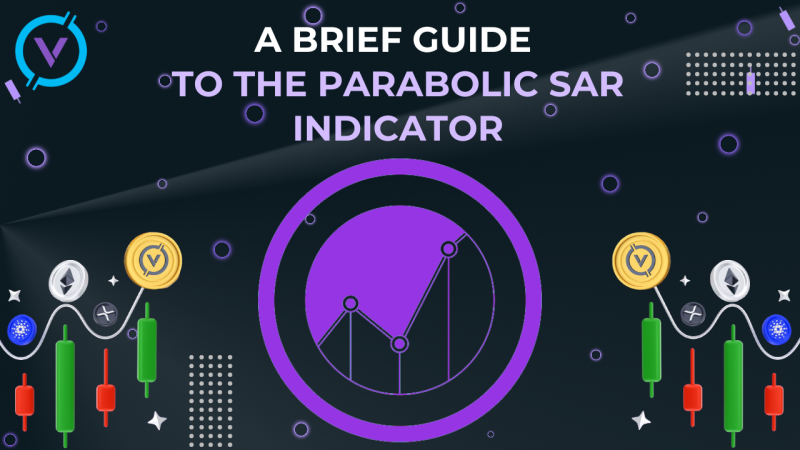There is such a field of science – behavioral economics, which studies the factors, events and reactions that lead to certain economic decisions. And its kind, which studies the emotional reactions and prerequisites of participants in economic interactions, is precisely the "psychology of the market".
The psychology of the market is based on the idea that the dynamics of market cycles largely depends on the emotional state of its participants. Emotion is the driving force of behavior, including financial behavior.
For example, with the general optimistic mood, it is difficult for investors to refrain from buying, and, as a result, prices will rise. This market dynamics is called a bullish trend.
Usually, the general mood of traders and investors fully corresponds to what is expected. If the situation is stable, if there is steady growth, if participants receive a certain profit and can generally predict the further development of the situation, the market mood is considered positive. In the case of a negative mood and dissatisfaction with the situation, the trend is bearish.
Changing moods during changing market cycles
Uptrend
Any market goes through periodic cycles of expansion (uptrend) and contraction (downtrend). And each of these phases is characterized by its own characteristics. Compression, tension characterize a bear market. Relaxation, uplift, optimism, belief in future growth and thirst for profit are bullish. During this period, there is an increase in consumer activity.
And here there is an interesting pattern: an increase in the price of assets stimulates positive sentiment, which in turn contributes to an even greater price increase.
The situation is heating up, the thirst for profit can capture the market so much that investors enter a kind of state of passion. They stop really assessing the situation, they are ready to buy assets at an ever-increasing price, believing that it will continue to grow at the same pace. A financial bubble is formed, which simply cannot fail to burst.
Downtrend
The beginning of the market decline is not tracked by everyone and not immediately. Many traders find it hard to believe that the period of growth is over. But when the price reduction can no longer be ignored, the general mood begins to acquire a negative charge. Markets, like people in periods of unexpected changes, go through five stages of grief:
- denial;
- anger;
- bargaining;
- depression;
- acceptance.
When prices fall even more, a flow of sales begins, stimulated by the fear of losing the money invested. It forces traders to accept the loss of income and capitulate, dumping assets at a price somewhere near the price bottom.
Sooner or later, as volatility decreases – the degree of fluctuation in value – the downtrend stops and the market stabilizes.
As a rule, before the market starts to grow again, it stops at the accumulation stage. Its essence lies in the fact that after a recession, when trading whales close their profitable positions, price dynamics are not supported by new offers and the price completes its momentum, moving into a state of consolidation – equilibrium.

How will it help?
Understanding the psychology of market cycles helps to see the beginning of a trend and buy and sell assets at the most favorable time. When you want to run after the crowd, you should stop and remember that the herd instinct is counterproductive, and the time for the most profitable purchases comes when most traders sell assets in a panic.
Conversely, the risk of investing unsuccessfully is high precisely when most are confident that the price will continue to rise.
All this knowledge will help to approach the process rationally, think about everything and not give in to panic.
Psychology of the market and TA
As we have already said, knowing the psychology of the market, it is much easier not to be led by the panic moods of other participants and buy and sell at the most favorable moments. Analyzing the situation with a cool head is much easier to make the most cost-effective decisions.
The biggest problem or difficulty is to understand at what point changes are taking place in the market. And it's even harder to predict what will happen next. To try to predict future trends, many investors use technical analysis.
Technical analysis tools allow to some extent to measure, among other things, the mood of market participants. The Relative strength Index (RSI), for example, may show that an asset is overbought under the influence of optimistic sentiment.
Psychology of the market and Bitcoin
A perfect example of the influence of psychological factors on pricing can be considered the bullish trend of bitcoin in 2017. Over the years, the price of Bitcoin has increased from about 900 to 20 thousand dollars. Many new participants have appeared, tempted by the rapid growth of bitcoin.
Fear of missing out (FOMO), lack of critical thinking, excessive optimism and thirst for profit contributed to the rapid price increase. But the obvious happened.
At the beginning of 2018, the trend began to change from bullish to bearish. But even when the downtrend was already clearly being seen, many people, stuck in the denial stage. And only months later, the bulk of traders recognized the downward trend.
The general mood changed to extremely negative. People were seized by fear, and then panic, which forced many people who bought cryptocurrency at the peak of the price to sell it at the price bottom, suffering major losses. After experiencing a strong shock, many investors became disillusioned with cryptocurrencies and vowed to deal with it in the future. Although it's just the onset of the next stage of the market cycle and the influence of sentiment.
Summing up, we can conclude that in everything you need to be with a cold mind and not be influenced. Even experienced traders can find it difficult not to panic, to follow their own opinion. This is why you should understand your own psychology and the reasons under which a particular decision is made.
We hope this knowledge will help you in the future!


